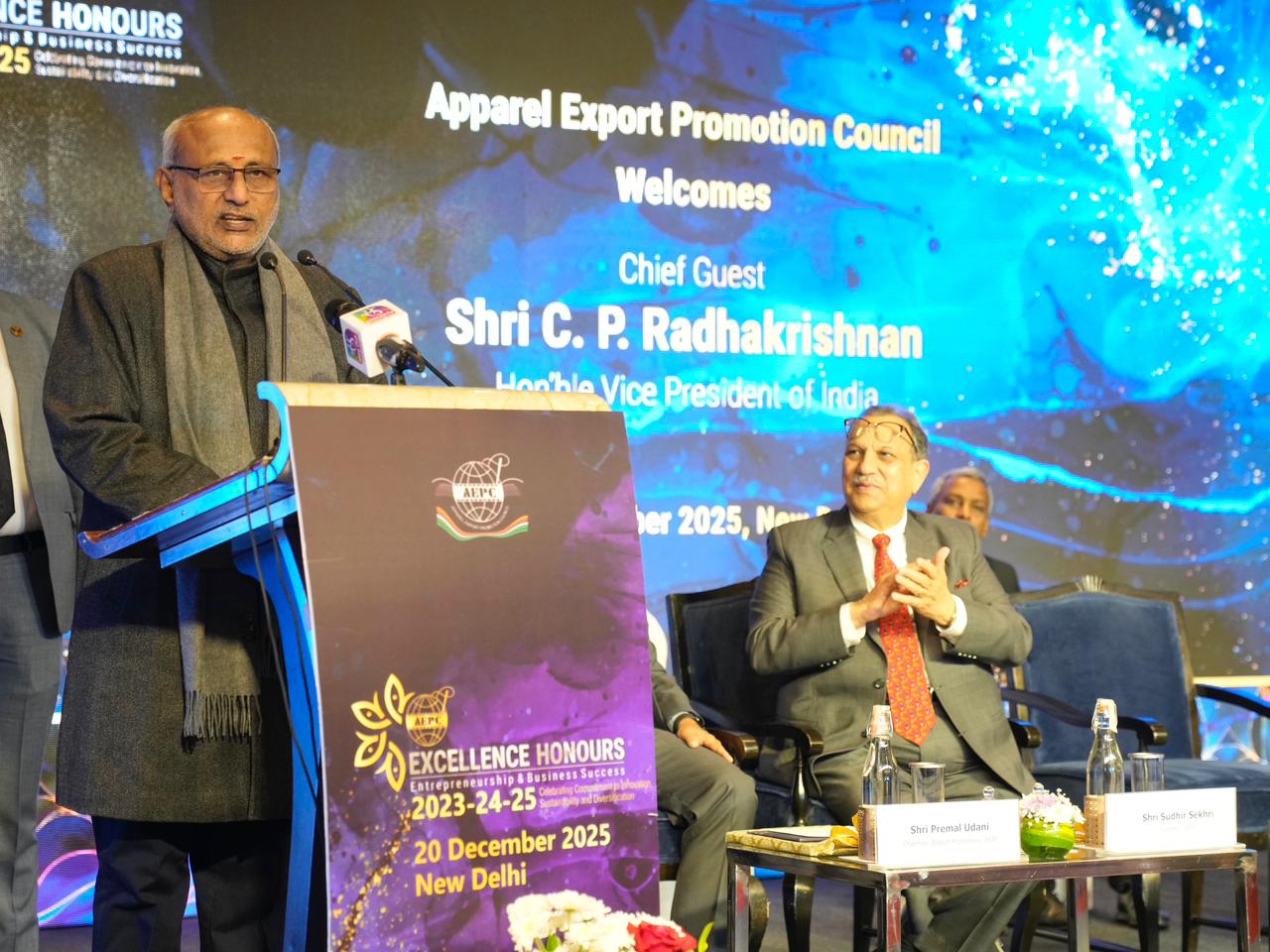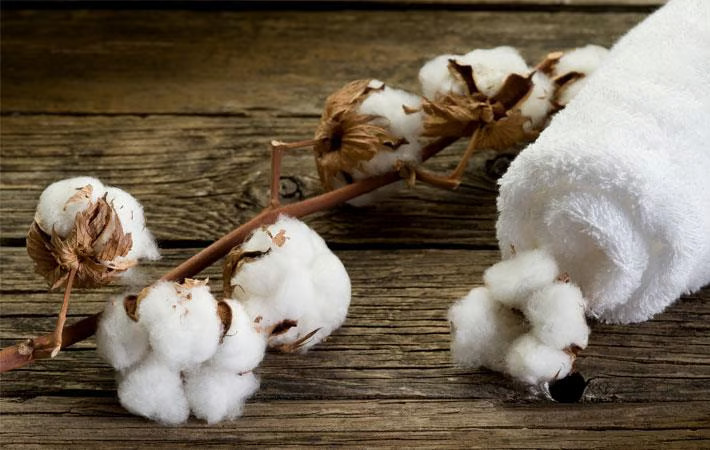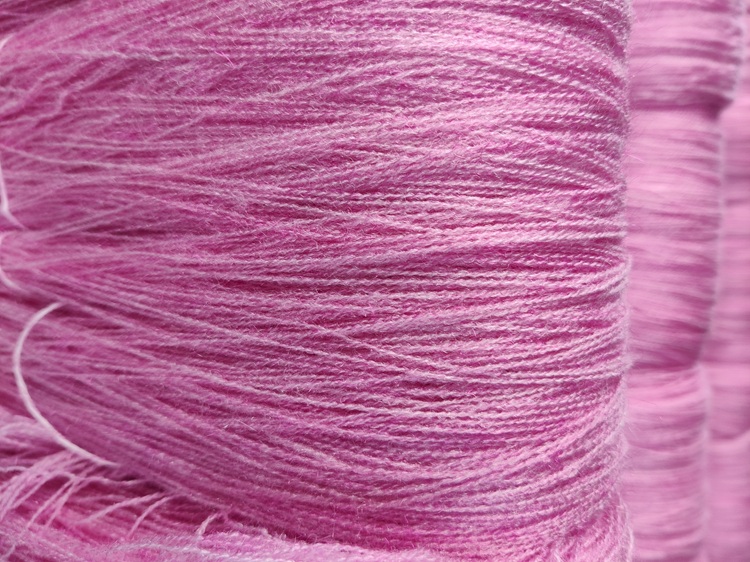August and September saw poor demand for polyester industrial yarn in China. But polyester industrial yarn export growth expanded rapidly, far higher than that of 2015. Foreign buyers largely procured ahead of time. August/September exports may see negative growth rates. The G20 regulation did not affect PIY production much, only about 10 per cent of total PIY capacity in China.
Downstream plants widely stocked raw materials with expectations of higher prices in future. Foreign sales were brisk in the first half of 2016. The polyester textile filament market was heavily impacted as a lot of plants shut down and spot prices were pushed up. Downstream may need to replenish their stocks and polyester industrial yarn plants may cut inventory at the point. Their profits were very thin. Demand for downstream products, for geo-technique or car use, etc. too decreased.
Sales promotion is one way of stimulating downstream demand and improving the market situation. Polyester industrial yarn has been one of the most widely used yarns among all types of industrial yarns and it is known for its high tenacity, low elongation and high abrasion resistance. High tenacity yarns are required in a variety of industrial applications such as conveyor belts, ropes, geo-grids, lashings /slings, automotive seat belts and industrial fabrics.
Demand for polyester yarn falls in China
- 1
- 2
- 3
- 4
- 5
- 6
- 7
- 8
- 9
- 10
India’s T&A sector navigates a "Mixed Bag" first half in FY26
The Indian textile and apparel industry is currently weathering a period of complex recalibration. According to the latest Wazir Textile... Read more
Techtextil 2025: Mapping India’s transition to a global hub for value-added tech…
The conclusion of the 10th edition of Techtextil India in Mumbai marks a definitive transition for the country’s textile landscape,... Read more
China Wave returns to Pitti Uomo 109: Bridging the gap from global factory to de…
The landscape of international menswear is witnessing a structural shift as the ‘China Wave’ initiative returns to the 109th edition... Read more
The Second Life of 3D: Why this tech is more alive than ever in fashion
The fashion industry is no stranger to cycles of hype and disillusionment, and 3D technology has been no exception. At... Read more
VP Radhakrishnan urges modernization and FTAs as India’s apparel exports surge 1…
Highlighting the textile sector's role as India's second-largest employer, Vice President C. P. Radhakrishnan called for a strategic push toward... Read more
Indian Rupee’s Breach of 90: A double-edged equation reshaping India’s ‘Fiber-to…
The Indian rupee’s historic slide past the ₹90.43 per dollar mark in late 2025 has forced a fundamental recalibration across... Read more
Can cotton duty relief blunt US 50% tariff hit on Indian apparel?
The Confederation of Indian Textile Industry (CITI) has issued a high-stakes call to the government, asserting that the permanent removal... Read more
The Great Sourcing Shuffle: Why tariffs failed to bring manufacturing back to th…
When Washington set out to ‘reclaim manufacturing’ through punitive tariffs, it was envisioned as a patriotic reset one that would... Read more
Beyond Search and Scroll: Why AI-powered shopping is becoming retail’s new opera…
When ChatGPT unveiled its Instant Checkout capability allowing users to discover, evaluate, and purchase products within a single conversational interface... Read more
How global acrylic fiber leaders engineered price stability amid historic ACN cr…
The global Acrylic Staple Fibre (ASF) market, long known for its sensitivity to violent swings in petrochemical feedstocks is facing... Read more












